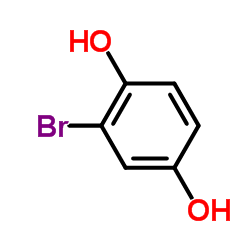| Structure | Name/CAS No. | Articles |
|---|---|---|
 |
4-Bromophenol
CAS:106-41-2 |
|
 |
3-Bromophenol
CAS:591-20-8 |
|
 |
2-bromohydroquinone
CAS:583-69-7 |